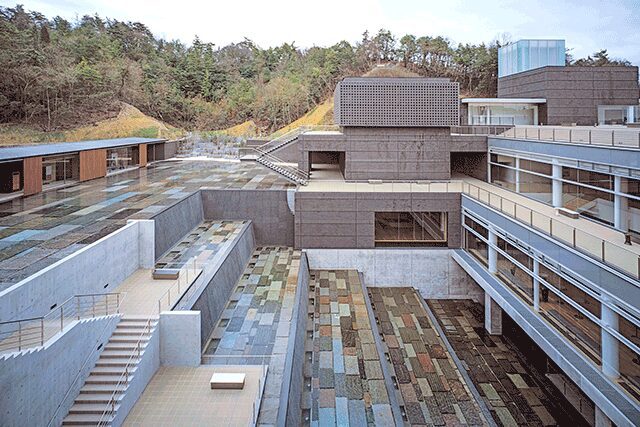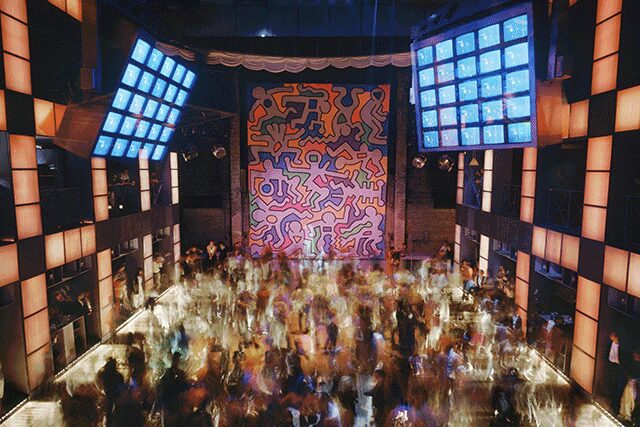Highly esteemed Japanese architect, planner, and theorist Arata Isozaki has been named the 2019 Laureate of the Priztker Architecture Prize, the architecture profession’s highest honor. A visionary for his globalist and futurist approach, Isozaki’s portfolio that spans more than 100 projects built over the last six decades. The 46th Pritzker Prize Laureate and the eighth Japanese architect to receive the prize, Isozaki will be honored during this year’s ceremony at the Chateau de Versailles in France this May.
Born on the Japanese island of Kyushu in 1931, Isozaki witnessed the devastation as a result of World War II, including the destruction of Hiroshima by the Atomic bomb just across the shore from his home. The atrocities of warfare shaped his worldview as he went on to attend the University of Tokyo, where he graduated from the Faculty of Architecture and Engineering in 1954. A Ph.D at the same institution followed before beginning his career at the practice of Kenzo Tange, where he became the protégé of the 1987 Pritzker Prize winner.
“I wanted to see the world through my own eyes, so I traveled around the globe at least 10 times before I turned 30,” Isozaki says. “I wanted to feel the life of people in different places and visited extensively inside Japan, but also to the Islamic world, villages in the deep mountains of China, South East Asia, and metropolitan cities in the U.S. I was trying to find any opportunities to do so, and through this, I kept questioning, ‘what is architecture?’”
Isozaki launched his own architecture practice in 1963, during which time he began to refine his futurist vernacular. Characterized by simple geometries, Isozaki’s fluid approach reflected an avant-garde exploration of the intersection between time and form that resulted in a connectivity through global universality and local identity. Designs like the Museum of Contemporary Art Los Angeles, which was the architect’s first international commission, embodied this simplicity with a composition of red Indian sandstone that ultimately promoted the complementary fashion of Eastern and Western relationships. Isozaki’s intercultural emphasis on nature was also captured in the Cermaic Park Mino museum in Gifu, Japan, which acts as an organic extension of the topography with numerous outdoor facilities. Designed for the 1992 Summer Olympic Games, the Palau Sant Jordi, was crafted with a minimal profile to frame the surrounding Montjuïc hillside as well.
Isozaki also redeveloped his hometown of Ōita with facilities such as the Ōita Medical Hall and Annex and the Ōita Art Plaza—both of which further reflect the bond between Eastern and Western sensibilities.
Isozaki has accrued numerous prestigious accolades, including the Architectural Institute of Japan’s Annual Prize in 1974, the RIBA Gold Medal in 1986, and the Honor Award from the American Institute of Architects in 1992.
A portion of the 2019 jury citation read, “Possessing a profound knowledge of architectural history and theory, and embracing the avant-garde, he never merely replicated the status quo, but his search for meaningful architecture was reflected in his buildings that to this day, defy stylistic categorizations, are constantly evolving, and always fresh in their approach.”





